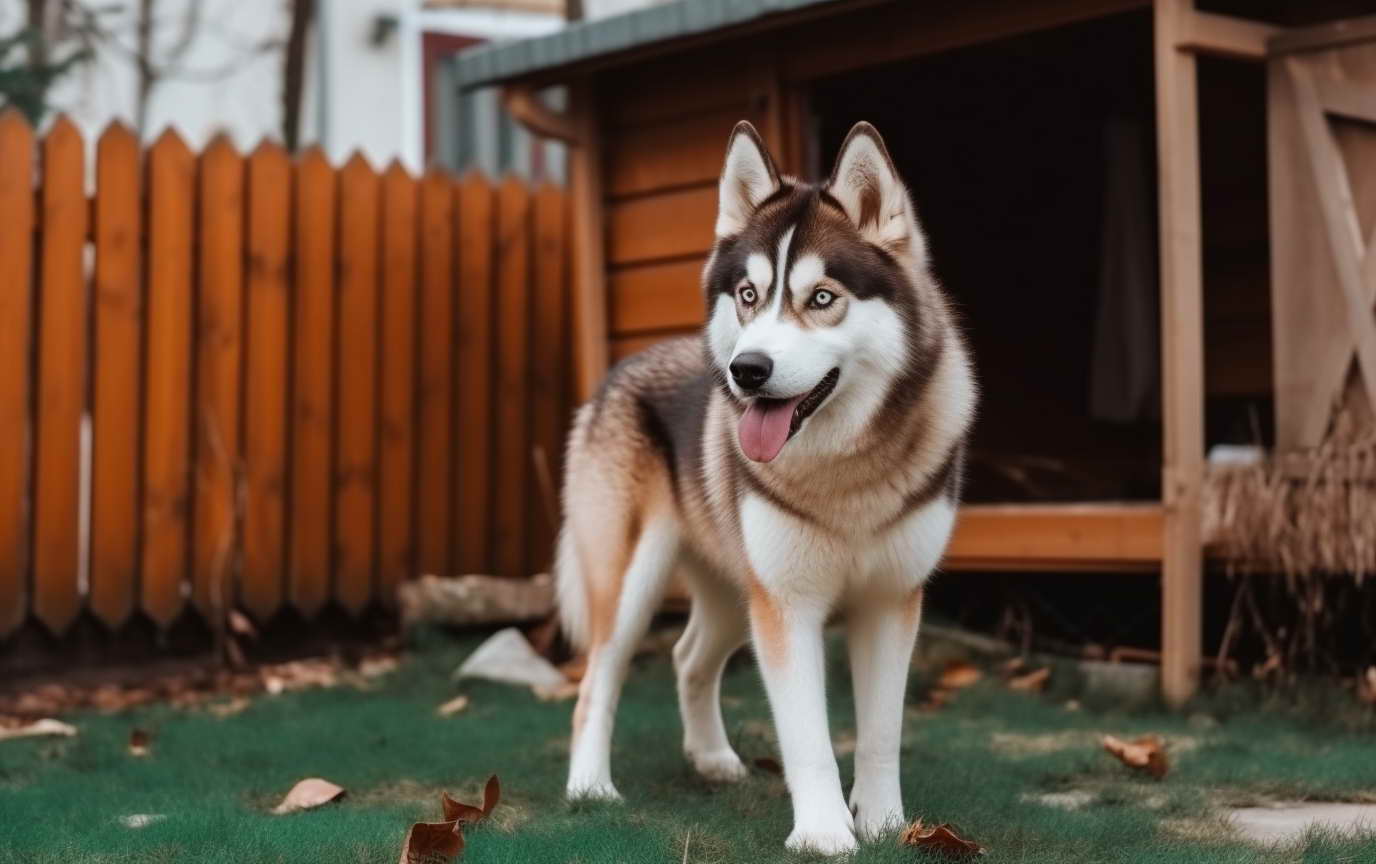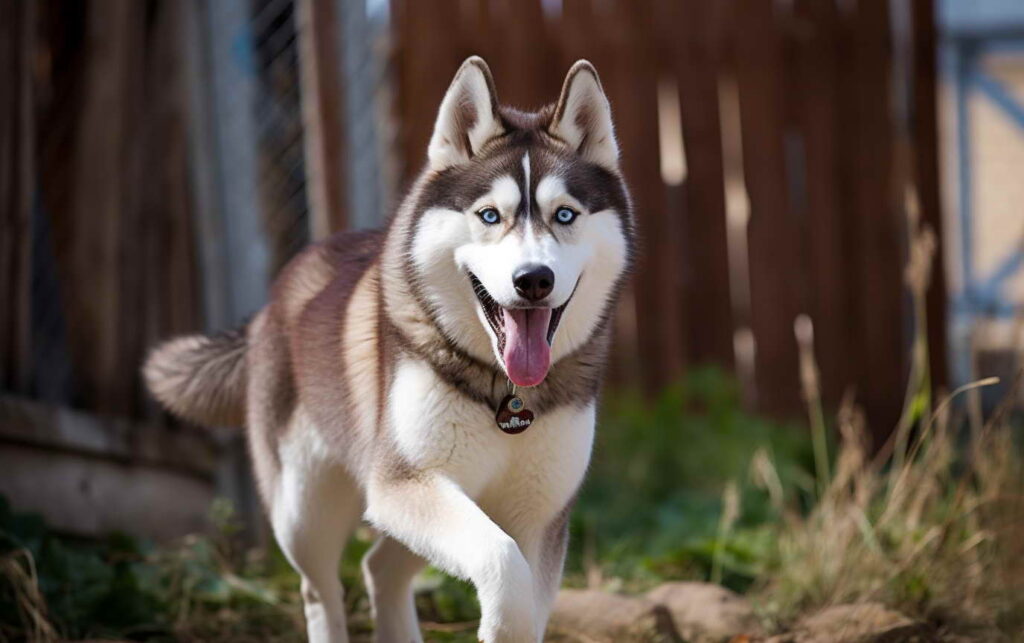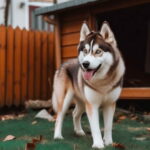
Brown Siberian Husky – A Beautiful Dog Breed You Can’t Resist To Love
PETSIDI – The Siberian Husky is a popular breed of dog known for its thick, double coat, striking eye colors, and athleticism. While many Husky dogs sport the iconic black and white color pattern, brown Huskies represent one of the less common coat colors seen in the breed.
Overview of the Brown Siberian Husky
- Origin: Siberia
- Other Names: Chukotka sled dog, Chukchi sled dog
- Breed Group: Working Group
- Height: 20-24 inches
- Weight: 35-60 pounds
- Life Span: 12-14 years
The brown Siberian Husky traces its origins to the Chukchi people of northeastern Siberia. Historically used as sled dogs by the Chukchi, Huskies helped nomadic tribes travel long distances and transport supplies across frozen landscapes.
Over time, breeders began selectively breeding Huskies for their endurance, resilience, and athletic abilities. As the breed spread beyond Siberia, coat color variations emerged. While less common than black/white or red/white Huskies, brown represents one of several possible coat colors seen today.
The Brown Husky Coat
The Siberian Husky is known for its thick, double coat consisting of a soft undercoat and a longer topcoat. This insulation helps Huskies thrive in frigid climates.
Brown huskies exhibit a range of possible shades from light brown to dark chocolate brown. Their coat may be entirely brown or include white/cream markings on the face, neck, chest, legs, and underside.
Possible brown Husky coat patterns include:
- Solid brown
- Brown and white
- Light brown/dark brown patches
- Agouti pattern (banded hairs tipped with brown)
The intensity of the brown color can vary from rich, warm tones to lighter beige hues. Like all Huskies, the undercoat sheds heavily during spring and fall. Daily brushing helps manage loose fur.
Eye Colors in Brown Huskies
While Siberian Huskies commonly have bright blue eyes, brown Huskies more often exhibit brown, hazel, or amber-colored eyes. However, blue or parti-colored eyes can also occur.
According to the American Kennel Club breed standard, all eye colors from brown to blue are acceptable. Heterochromia, or two different colored eyes, is also relatively common in the breed.
Health and Care of Brown Huskies
Brown huskies have the same general health concerns and care needs as the wider Siberian husky breed. As high-energy dogs bred for endurance, they require substantial daily exercise. Brisk walks, jogs, or hikes combined with time to run and play help meet their needs.
Huskies also need ongoing positive reinforcement training and early socialization. Their strong prey drive and tendency to take off requires secure fencing at home. Potential health issues to watch for include:
- Hip dysplasia
- Eye diseases like cataracts, glaucoma, and progressive retinal atrophy
- Skin problems like uveodermatologic syndrome
- Thyroid disorders
With proper care, grooming, training, diet, and veterinary care, brown Siberian huskies can live a full 12-14 years. Finding an ethical breeder helps ensure the best long-term health outcomes.

Origins of the Brown Siberian Husky
The sled dogs of Siberia’s Chukchi tribes formed the foundation stock of today’s Siberian Huskies. These dogs played a vital role for the seminomadic Chukchi people, pulling sleds on long journeys and keeping children warm at night.
By breeding their hardiest and most resilient dogs, the Chukchi developed an athletic, cold-adapted breed over centuries. Selective breeding favored dogs with endurance, tough paw pads, and warm, insulating coats to thrive in frigid Siberian winters.
As non-native explorers and traders reached Siberia in the early 20th century, some brought Chukchi sled dogs back to Alaska. From there, the breed gradually spread to the contiguous United States and beyond.
Famous Brown Huskies
Some of the most famous Siberian Huskies in history have been brown and white. This includes:
- Togo – The lead sled dog on the 1925 Serum Run who covered the most hazardous leg
- Balto is often mistakenly credited as the Serum Run hero. He completed the final leg.
- Seppala’s sled dogs – The kennel led by musher Leonhard Seppala during the 1925 serum run to Nome
Without their endurance and perseverance, life-saving medicine would not have reached remote Alaskan villages in time to stop a deadly diphtheria outbreak. A bronze statue of Balto stands in New York’s Central Park today.
Finding a Responsible Breeder
It’s important to find a reputable breeder of brown Huskies. Warning signs of unethical breeders:
- Breeding dogs with major health issues.
- Keeping puppies in poor conditions.
- Not screening buyers or following up after purchase.
Good breeders will:
- Test parent dogs for breed-related health problems.
- Provide vet records.
- Interview buyers thoroughly.
- Take back puppies if needed.
A bit of searching can lead to the perfect brown pup for your family!
Quick Facts on Brown Huskies
| Fact | Description |
|---|---|
| Other Names | Chukotka sled dog, Amerindian sled dog |
| Height | 21 to 23.5 inches |
| Weight | 35 to 60 pounds |
| Coat | Double-coat, thick and soft undercoat |
| Coat Colors | Light brown, chocolate brown, brown and white |
| Eyes | Brown, amber, hazel, blue, or particolored |
| Life Expectancy | 12 to 14 years |
| Exercise | High (60+ minutes daily) |
| Training | Responds best to positive reinforcement |
| Temperament | Friendly, alert, energetic, intelligent |
| AKC Group | Working Group |
In summary, the brown Siberian Husky represents a somewhat rare but beautiful color variant of this active and striking northern breed. With their athleticism, endurance, and affectionate nature, brown Huskies can make wonderful family companions. Proper training and care help ensure this eye-catching dog thrives.
Frequently Asked Questions
Are brown Huskies rare?
Brown Huskies are less common than black & white ones, but not extremely rare. Responsible breeding can produce more brown puppies.
How did brown Huskies originate?
The brown coat color arose randomly as a natural genetic mutation. It was likely localized to certain kennels or lines of Siberian Huskies originally.
Do brown Huskies shed?
Yes, all Huskies shed year-round and “blow” their coats twice a year. Brown dogs have the same shedding needs. Regular brushing helps keep loose hair under control.
Are brown Huskies recognized by the AKC?
The American Kennel Club views brown as a fault. But brown Huskies can still be registered and compete in AKC events. Most judges will overlook their color.
Do brown Huskies have blue eyes?
Many brown Huskies have pale blue eyes, though some can have brown or parti-colored eyes. The blue eye gene is separate from the brown coat color gene.

Leave a Reply